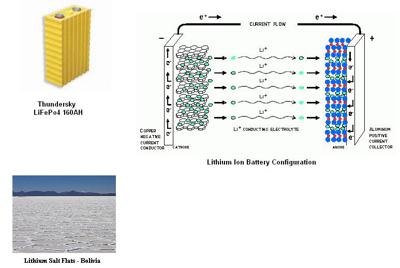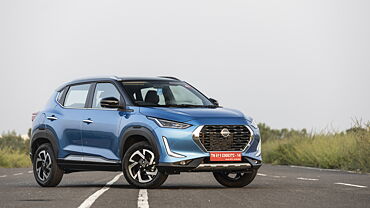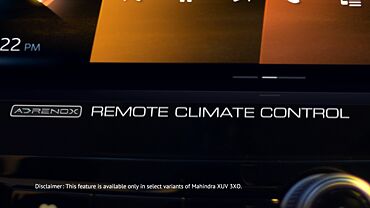Electric vehicles are already in the brouhaha of facing abuses and criticisms from the conventional car buyers. Adding to the woes, it has now emerged that lithium-ion batteries, which fuels them, degrade after a certain period of time. Notably, automobile technology in cars has a science behind it, but to understand it better the examples of laptops and mobile phones can be taken, which too uses similar type of battery pack and faces degradation after period of time.

Apparently, there are numerous reasons cited by the scientist for the battery-packs to degrade. Someone from the industry had cited, the oxygen molecules present in the cathode destabilize themselves when the device is on charge, where they don’t return to normal or standard position after the completion. This analysis was made using the technique of X-ray absorption spectroscopy. The failure of rearrangement of molecules in return makes the battery inefficient after certain number of cycles.
It is true that automobile technology in cars has traveled a lot more in the recent past. In another report, it is suggested that the lithium ions travels from anode to cathode in a scrambled manner, wherein as a result the electrodes gets through a minute structural change. And when discharging process takes place, the ions don’t follow the former route to get settled, where the disruptions in the charge setting are accrued for further charging process. Such an annotation in the process helps to build rock-salt type substances which refrains the charge to penetrate the battery at its fullest. Such formation gets thicker with every charge and a time comes when those crystallized accruement doesn’t allow ions a free movement between the cathode and anode.
Comparatively, the batteries used in cars in India take a longer time to develop this, whereas in the phones and laptops it starts occurring after months. Some even suggested several elements shall be developed for being applied on the cathodes and anodes for its prevention. Hence, the aforesaid reasons are considered as the major ones of battery degradation over repeated charging. But some other tangents associated to them makes the matter from worst to worsen. The cold climate is an ultimate damage to such advancements of the technology used in cars in India. Carbons that develop such charge doesn’t functions largely at low temperature. They tend to lose power on that basis. Contradicting to it in the summer days, the outer temperature averages the functions and in return they work longer. Looking down to this equation of lithium-ion batteries electric vehicles that are still on the sinking note are needed to see a right move in this direction.



























